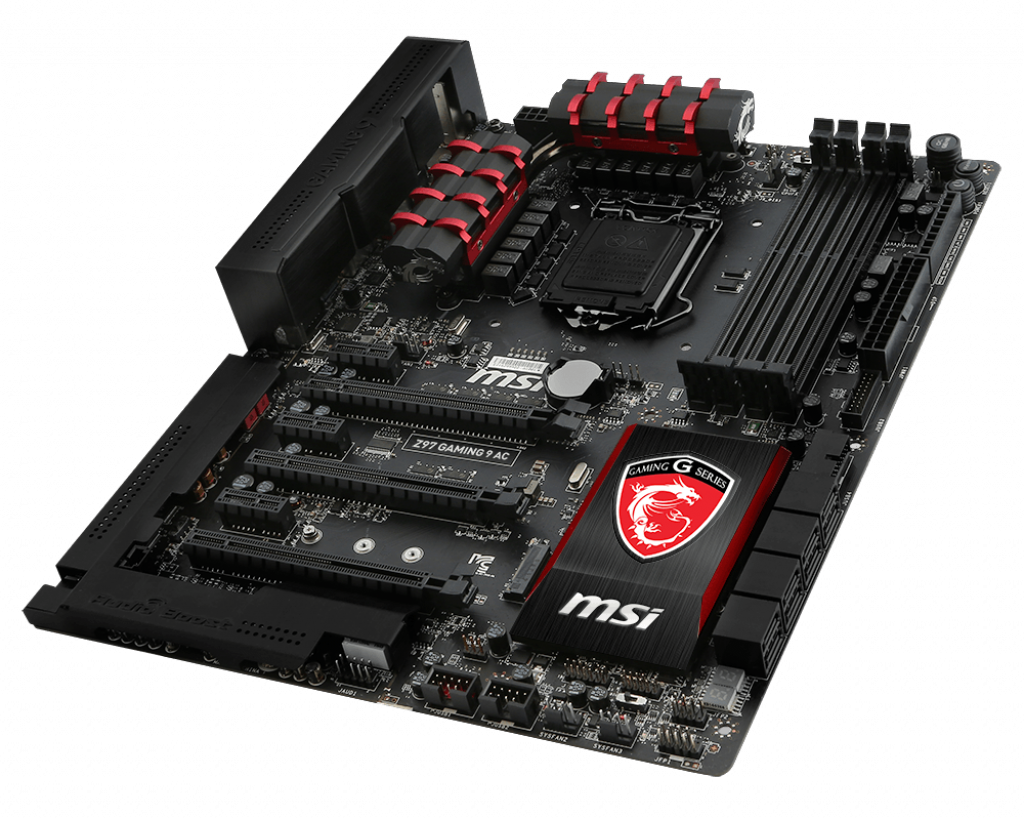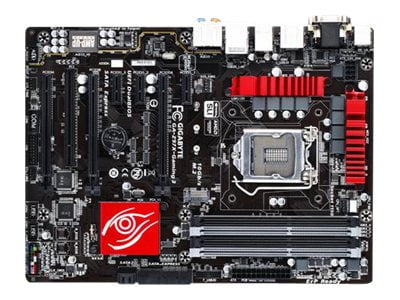

Also stability issues within running an operating system. C1E Support - Disabled by default, is there "Haswell" reason for this? Well I think the reason is because it has caused some stability / compatibility issues with old power supplies.EuP2013 - I'm not even sure what this does.I think the iGPU multi monitor setting enables the iGPU so that it keeps (Intel HD Graphics) always enabled even when a graphics card is being used. Initiate Graphics Adapter - Always use the graphics card if you have one.Intel Rapid Start Technology - This isn't even worth the hassle to setup.It can be configured to make the computer waked up on certain times and not sure much more about it. It does work, but I don't even see the point of having it. I have this enabled and have the program installed on my computer. Intel Smart Connect Technology - I highly doubt an average user would use this.Intel VT-D Tech - Enabled by default does it affecting overclocking ability?.Intel Virtualisation Tech - Enabled by default does it affecting overclocking ability?.Tinylake Feature - Disabled by default apparently avoids the I/O performance bottleneck due to Intel power saving functions, anybody enabled it?.C1E Support - Disabled by default, is there "Haswell" reason for this?.EuP2013 - Enabling this requires a PSU which can cope with a draw of only 0.5V when the motherboard is off, but I have read about stability issues.window doesn't look for drivers? Is it possible to use a 3rd party graphics card and at the same time the HD4600 for video encoding for example? Initiate Graphics Adapter - The options are PEG (3rd party graphics card) or IGD (Intel HD4600) - If PEG is chosen it appears to disable the HD4600 i.e.
#Msi z97 gaming 7 usb3 port power out Pc
#Msi z97 gaming 7 usb3 port power out manual
I'm really interested to know how other owners are are going about overclocking, especially settings for manual overclocking, as going the XMS route is somewhat brute force compared to allowing the CPU to clock up and down depending on load. I though the XMS button would just set-up the DDR3 memory but actually it applied a significant overclock and therefore is an alternative to using the OC Genie or manually overclock.

The CPU is under water with the emphasis on quiet fans rather than extreme cooling and non-stressed temps are around 30C, but stressing with AIDA core voltage automatically increases to 1.273V which pushes the cores to 65-75C and transient spikes to low 80's! The wide temp fluctuation is something I am not used to and I would like to reduce max temps under load. I finally got around to setting it up and it really was as easy as clicking on the XMS button in the bios and my DC is running all cores at 4.4GHz, CPU-z is reporting core voltage 1.239V and memory was correctly set-up at 2133GHz. Coming from the rig in my sig, I was surprised to find very little about the MSI Gaming 7 on the forums. I couldn't resist and purchased and waited for my Devil's Canyon CPU to arrive.

The reason for the thread is MSI ran a promotion when this board was first released in May giving away a Corsair H75 & two red AF120 fans with the motherboard. (red-coloured analogue audio headphones port wired with integrated OP-AMPs) Qualcomm Atheros Killer E2205 NIC RJ- 45 port ¦ 2x USB 3.0 ports ASMedia ASM1042 (blue coloured)Ħx analogue audio ports. Optical audio port ¦ HDMI port ¦ Display portĢx USB 3.0 ports Intel Z97 (blue coloured) Keyboard Mouse PS-2 port ¦ 2x USB 2.0 ports Intel Z97 (red coloured)Ĥx USB 3.0 ports ASMedia ASM1074 (blue coloured) Improved M-Flash USB pen drive compatibility.īackplate connectors (identifying USB port controllers): Adjust OC Genie setting to have better performance with Hasell-Refresh K and G3258 processors.


 0 kommentar(er)
0 kommentar(er)
